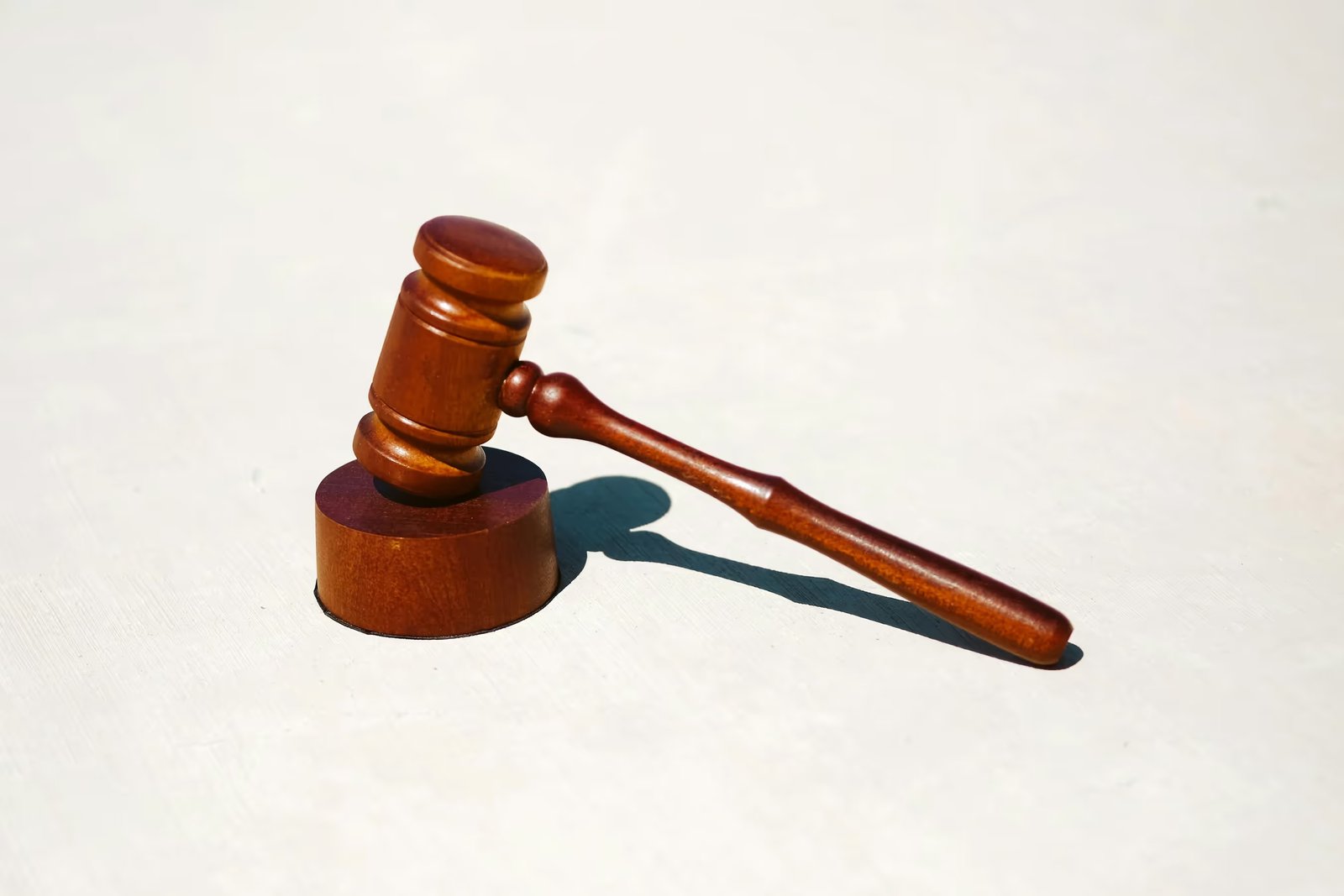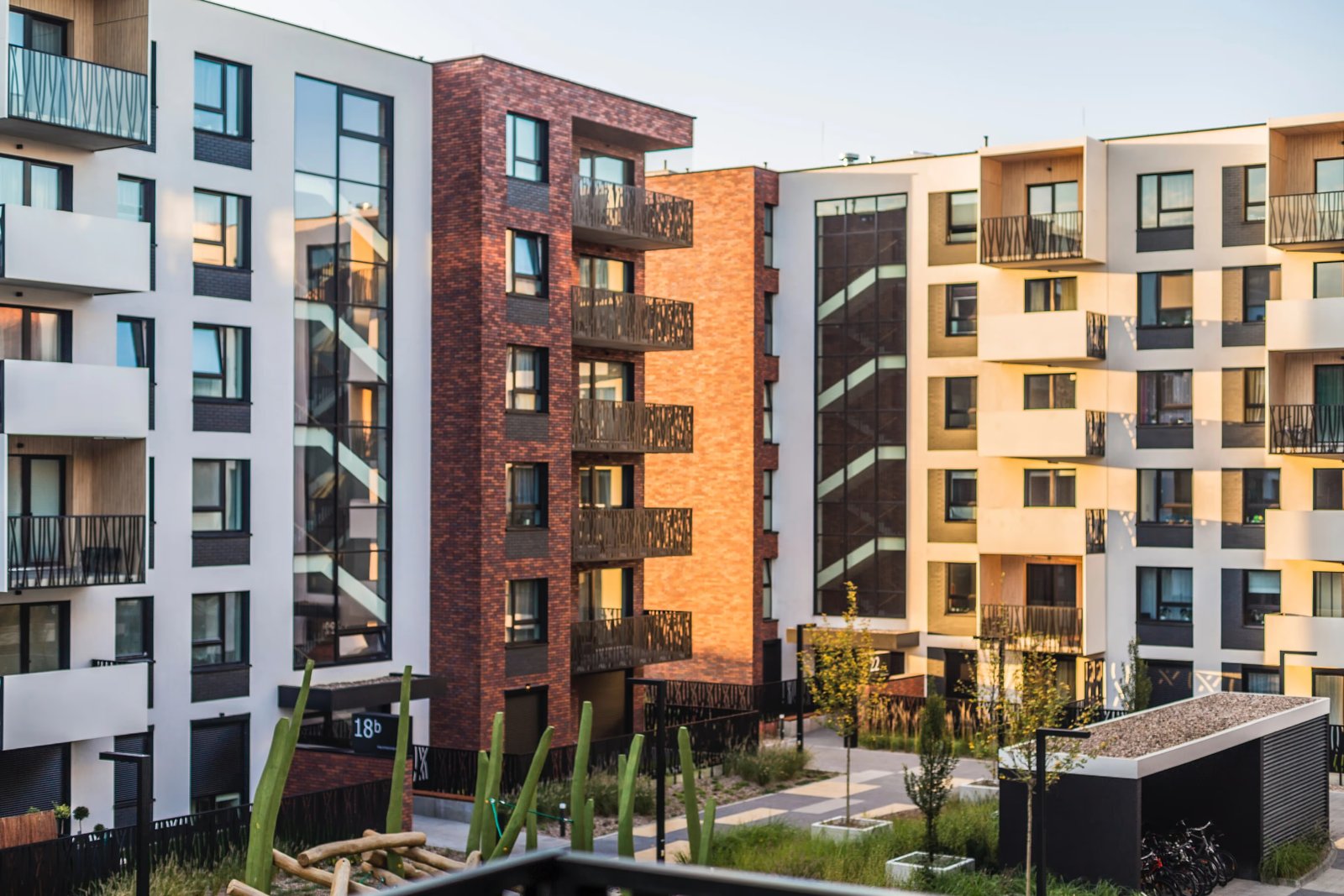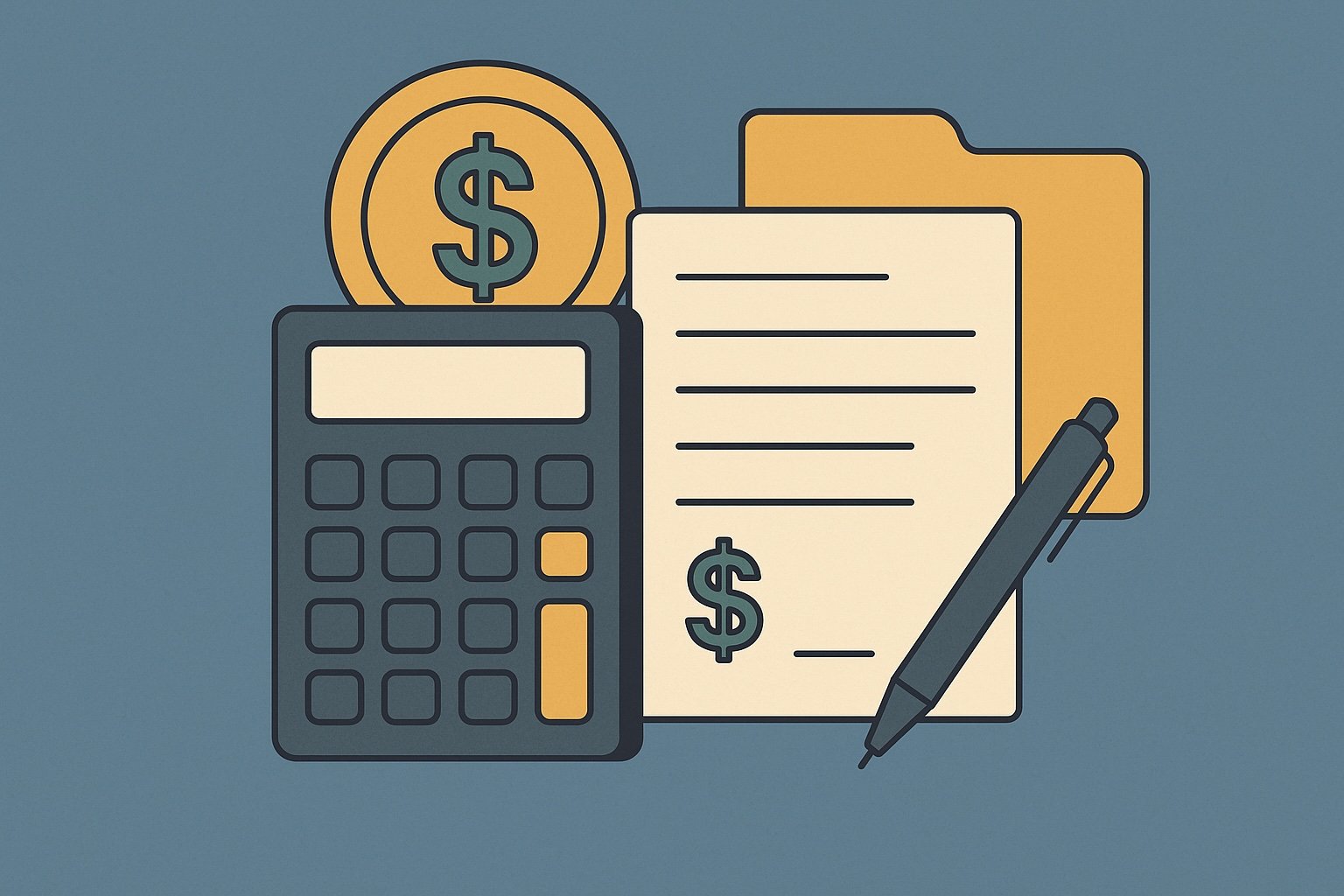Question
ARTE's Answer
A construction 1031 exchange, also known as an improvement exchange or build-to-suit exchange, allows you to use the proceeds from the sale of your relinquished property to make improvements on the replacement property. This type of exchange is particularly useful when the replacement property requires renovations or new construction to meet your investment goals. Here’s how it works:
- Sale of Relinquished Property: You begin by selling your relinquished property. The proceeds from this sale are held by us, Deferred.com, as your qualified intermediary. This ensures you do not have constructive receipt of the funds, which is crucial for maintaining the tax-deferred status of the exchange.
- Identification Period: Within 45 days of selling your relinquished property, you must identify the replacement property. In a construction exchange, you can identify the property as it will be improved, meaning you can specify the improvements you plan to make.
- Exchange Period: You have 180 days from the sale of your relinquished property to complete the exchange. This includes acquiring the replacement property and completing the improvements. The improvements must be completed within this timeframe to be included in the exchange value.
- Role of Deferred.com: As your qualified intermediary, we facilitate the exchange by holding the proceeds from the sale of your relinquished property. We then use these funds to acquire the replacement property and pay for the improvements. This ensures that you do not have direct access to the funds, which is essential for the exchange to qualify under Section 1031.
- Completion of Improvements: The improvements must be completed by the end of the 180-day exchange period. The value of the replacement property, including the improvements, must be equal to or greater than the value of the relinquished property to fully defer capital gains taxes.
Example: Let’s say you sell a commercial property for $500,000. You identify a piece of land worth $300,000 as your replacement property, with plans to construct a building on it. We, at Deferred.com, hold the $500,000 from your sale. We purchase the land for $300,000 and use the remaining $200,000 to fund the construction of the building. By the end of the 180-day period, the construction is complete, and the total value of the land and improvements is $500,000. This allows you to defer the capital gains tax on the sale of your original property.
A construction 1031 exchange can be complex, but with careful planning and the right intermediary, it can be a powerful tool for real estate investors looking to enhance their investment properties while deferring taxes. If you have any further questions or need assistance with your exchange, feel free to reach out to us at Deferred.com.
Have more questions? Call us at 866-442-1031 or send an email to support@deferred.com to talk with an exchange officer at Deferred.
Sources
- TAM 200039005 (Failed Reverse Exchanges)
- What To Do About Exchange Expenses in a Section 1031 Exchange? (Article)
- Goolsby v. Commissioner
- 1.1031(k)–1 (IRS Code of Federal Regulations)
- Rev. Rul. 2002-83 (Related Party Exchanges)
- TD 8535 (Like-Kind Exchanges of Real Property-Coordination with Section 453)
1031 Question? Ask ARTE
Deferred's AI 1031 Research Assistant is trained on 8,000+ pages of US tax law and outperforms human CPAs by 22%+
CHAT NOW
Learn More
See more frequently asked questions about 1031 exchanges








